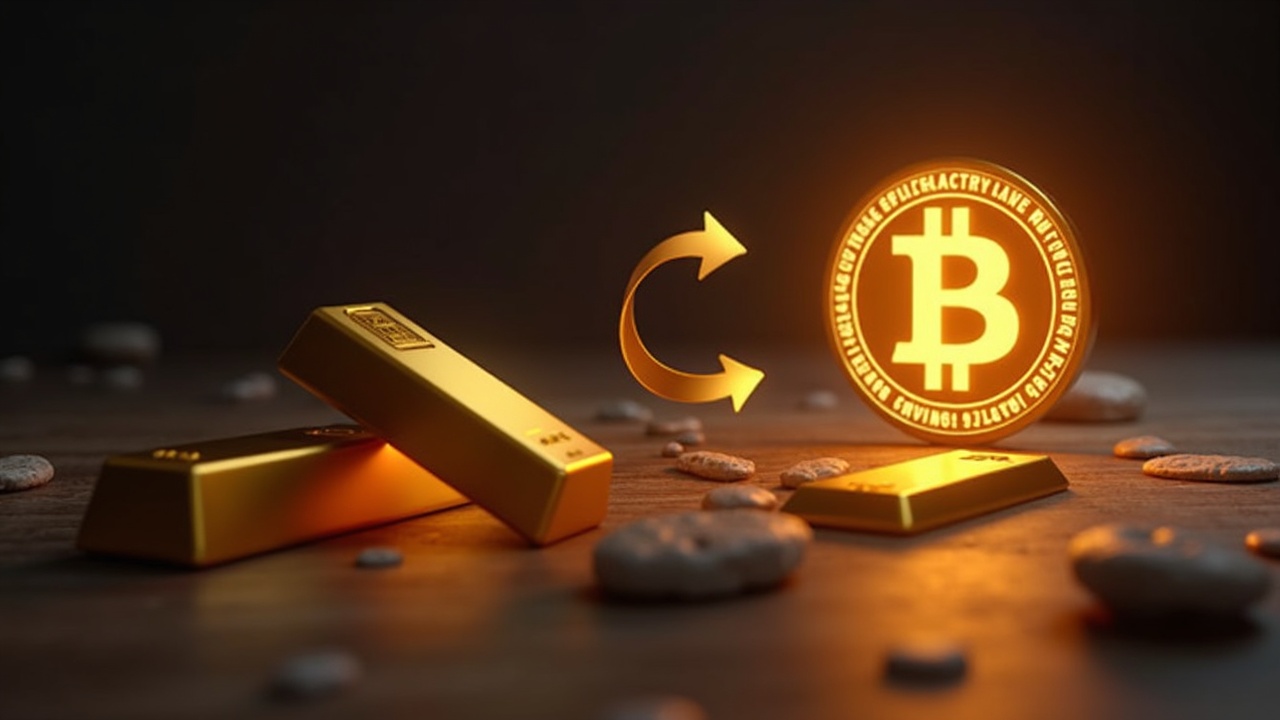The global financial landscape is witnessing a significant shift as major asset classes like gold, silver, and Bitcoin experience historic rallies, driven by a common theme of investors seeking shelter from economic uncertainty and a weakening U.S. dollar.
A Golden Era for Precious Metals
Gold has shattered records by soaring past $4,000 per ounce, marking its most substantial rally since the 1970s with a year-to-date gain of over 50%. This isn’t a isolated event; silver has joined the surge, hitting $50 an ounce for the first time since 1980. This powerful bull run in precious metals is fueled by a convergence of factors. Investors are flocking to these traditional safe havens amid political uncertainty, including a ongoing U.S. government shutdown and global trade tensions. Furthermore, central banks worldwide have been consistently buying gold to diversify their reserves away from the U.S. dollar, creating a strong foundation of demand. Expectations of interest rate cuts from the Federal Reserve have also made non-yielding assets like gold more attractive.
Bitcoin’s Ascent as a Digital Alternative
Parallel to the metals rally, Bitcoin has carved its own path to a new all-time high above $126,000, solidifying its position in the conversation about value storage. A primary engine behind this move has been unprecedented institutional adoption. BlackRock’s spot Bitcoin ETF (IBIT) is on the verge of a historic milestone, nearing $100 billion in assets under management faster than any other ETF in history. This fund has already become one of BlackRock’s most profitable products, demonstrating deep demand from traditional finance. The massive inflows into these ETFs, coupled with a decline in Bitcoin available on exchanges, point to a tightening supply and a strong structural bid underpinning the market.

A Converging Narrative Against Currency Debasement
The simultaneous rallies in gold and Bitcoin are not merely coincidental. They are increasingly viewed as connected hedges against shared macroeconomic risks. As noted by analysts, the “debasement trade” is gaining traction, with both assets serving as alternatives to traditional currencies amid concerns over U.S. debt, inflation, and government spending. This has led to a growing perception of Bitcoin as “digital gold”. Some market observers, like Nic Puckrin of Coin Bureau, suggest that after a massive run in gold, attention may now turn to Bitcoin and other alternatives that express a similar defensive view but may offer more upside from current levels. This signals a potential portfolio rotation as investors look for value across different stores of value.


